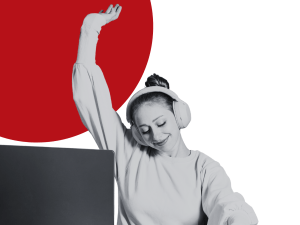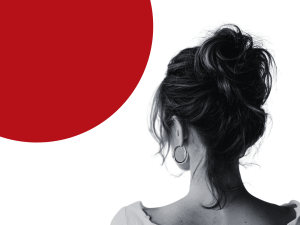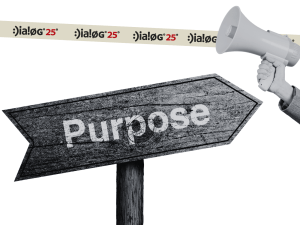
The Secrets of Successful Influencer Marketing Management
From Brief to Report: Everything You Don’t See in Influencer Marketing That Makes the Difference
The End of Monoculture Moments?
The summer of 2025 has been dubbed “Brain Rot Summer”, a season without major hits or unifying cultural events, raising the question: has the era of monoculture truly ended?
The phrase emerged in Western media to describe a summer devoid of global moments. There’s no single track dominating the airwaves, no film filling theaters worldwide, and no cultural trend that unites an entire generation.
In the past, monoculture moments defined entire seasons: from Game of Thrones and Squid Game to Marvel blockbusters, or music phenomena like Despacito and Blinding Lights. More recently, albums by Charli XCX and Taylor Swift became cultural events in their own right, while the Barbenheimer phenomenon of 2023 showed how one movie weekend could bring together diverse audiences in a shared experience. This summer, however, no such moment exists—exposing a deeper shift in how we consume culture.
Streaming platforms have rewritten the logic of pop culture. Instead of one dominant title, audiences now choose from hundreds of new shows and films, building their own “parallel worlds.” The same applies to music: TikTok and other social platforms can propel a song to overnight virality, but such hits burn out faster than ever and often remain confined to niche communities.
As a result, we’re losing a shared repertoire of cultural references. Fewer and fewer “must-watch” series, “must-hear” songs, or “must-see” films exist to shape generational identity. Instead of one collective cultural experience, audiences now navigate a landscape of smaller, fragmented worlds.
For brands and the communications industry, this shift represents a paradigm change. In the monoculture era, aligning with one major cultural moment was enough to secure mass visibility. Today, that approach rarely works, as audiences are shaped by a mosaic of micro-trends.
The focus has moved away from the sheer scale of reach toward the depth of engagement. Micro-communities, though smaller in number, show stronger loyalty and wield greater influence over perception. For communicators, this requires constant trend monitoring, rapid adaptation, and highly personalized strategies that go beyond universal messaging.
While “Brain Rot Summer” may sound like a diagnosis of pop culture’s decline, it actually reflects a new reality: the transition from monoculture to multiculture. Today’s audiences live in parallel cultural experiences—festival niches, podcast circles, online fandoms—and within this diversity lie fresh opportunities for brands.
The key takeaway is that universal cultural moments are nearly gone. Instead, the web of micro-moments offers brands the chance to stay relevant and authentic. Those who recognize the power of these communities can build lasting connections and achieve greater influence than was possible in the age of mass monoculture.
“Brain Rot Summer,” then, should not be seen as the end of monoculture, but as an invitation to embrace new ways of creating cultural and communication value.

And be always updated with news from Dialog.

From Brief to Report: Everything You Don’t See in Influencer Marketing That Makes the Difference

Why “Messy” Is Becoming the New Strategy for Authentic Communication

Consumers today are choosing brands that respond to the challenges of modern society, which is why communicating their purpose and values is becoming increasingly important.